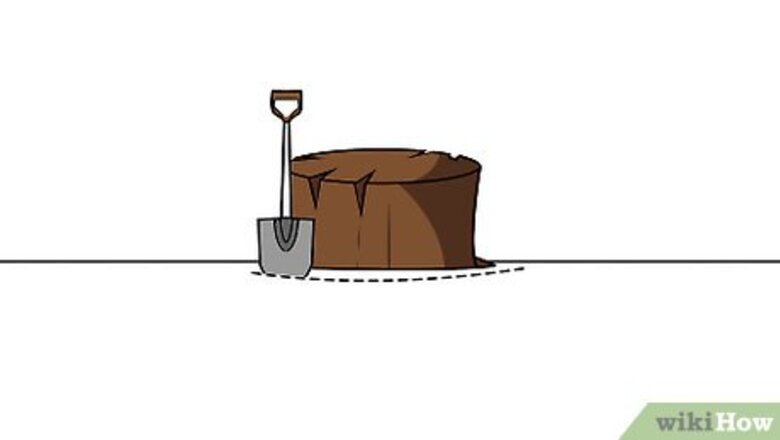
views
Digging Out the Stump
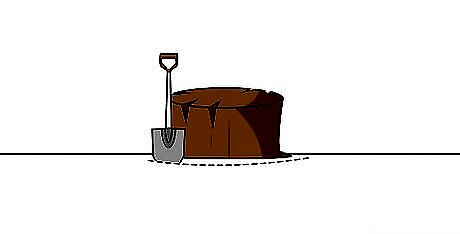
Dig around the roots. Use a shovel to dig next to the stump, exposing the roots underneath the surrounding dirt. Move around the circumference of the stump and continue digging until you've exposed all of the largest roots around the tree. Dig deep on either side of the roots to expose them as much as possible. If the roots seem very large and deep, and it's difficult to completely uncover them, you might want to consider a different root removal method. The digging method works best when you're able to uncover the roots almost to their tips.
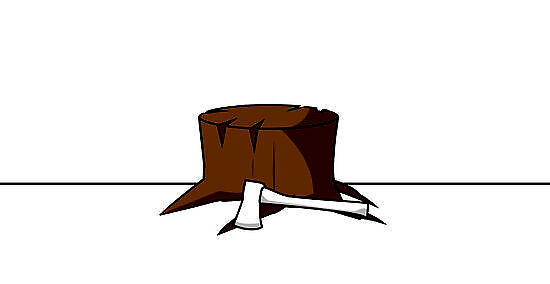
Cut up the roots. Depending on the size of the roots, use loppers or a root saw to cut them into pieces. Cut them into manageable pieces and pull what you can out of the ground. Toss them into a pile as you go, clearing away as much of the root system as possible. Using an axe to cut the roots is possible, but not recommended because it can shatter dangerously if it strikes a rock, and it will usually end up stuck between roots if they are not completely exposed.
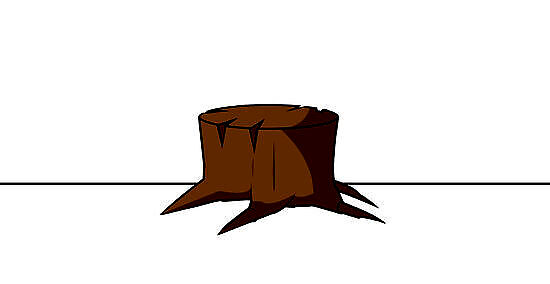
Pull out the roots. Use a grub hoe to wrench the remaining embedded roots out of the ground to their very tips. If you need to make more cuts as you go, do so — it will make pulling them out of the ground easier. Keep going until you've removed all of the major roots, then go back and pull out anything that's left.
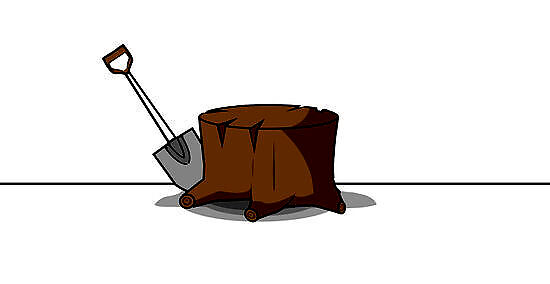
Remove the stump. After all or most of the roots have been processed, you should be able to easily dislodge the stump. You may need to use the shovel to dig underneath the stump and cut a few more roots under it before you can get it out. Now that all the wood has been removed, you can chop it up and add it to your compost pile.

Fill in the hole. The final step is to fill up the hole with loam or sawdust. If you fail to do so, the ground around the hole will collapse and you'll have a large dent at that spot in your yard. As the loam or sawdust settles, the ground will sink in a bit, so you may need to keep adding material to the area every few months before the ground will stay flat.
Grinding the Stump
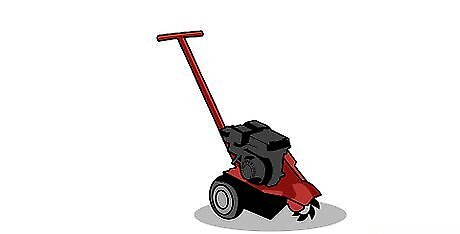
Locate a stump grinder. This machine grinds up stumps and their root systems to a depth of about a foot beneath the ground. Stump grinders can be rented from machine rental houses by the day. If you'd prefer not to operate the machine yourself, you can hire someone to come to your property with a stump grinder and do the job for you. You should wear gloves, goggles and ear protectors if you plan on operating the machine yourself.
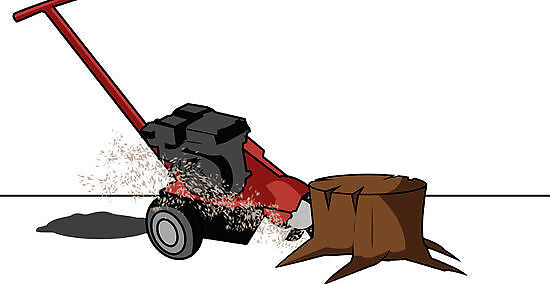
Position it over the stump and start grinding. Following the manufacturer's instructions, position the stump grinder and turn it on. It will grind the stump's surface and work its way down into the ground to grind up the roots. You'll need to move the stump grinder around the circumference of the stump in order to take care of the aerial roots as well.

Shovel out the grindings. The ground will repair itself more quickly if you remove the ground up wood. Shovel it out and put it in your compost pile or dispose of it in another way.
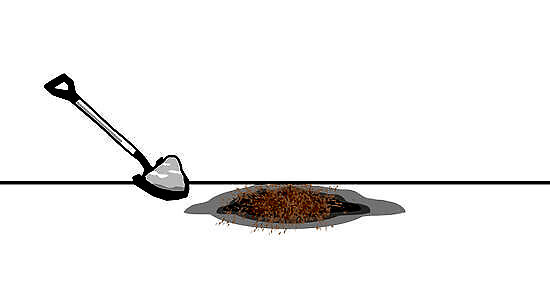
Fill the hole. Replace the grindings with loam or sawdust to fill the hole. Continue adding matter to the area as it depresses over time.
Burning the Stump

Find out if it is legal to burn the stump. There may be restrictions in your area for open fires, especially if you live someplace with draught conditions. Before you begin, call the local fire department to make sure it's okay to burn your stump.
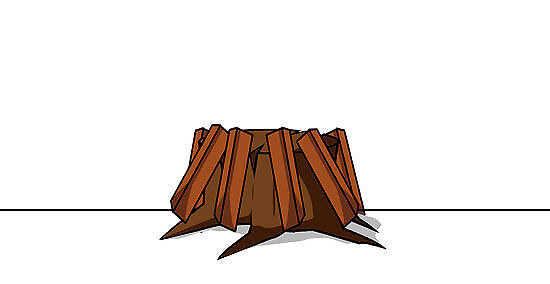
Build a wood fire on top of the stump. It might be handy to use the chopped-up tree you just cut down as fuel to burn a fire on top of the stop. Lay out the wood on top of the stump. Surround the stump with more wood, so that the stump will be at the center of the fire.
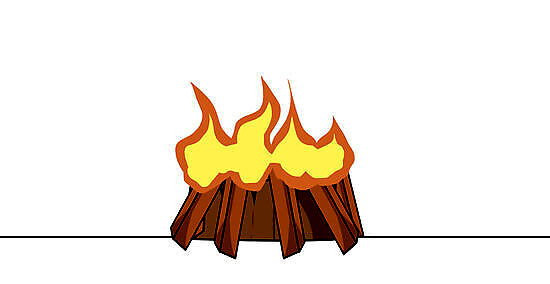
Keep the fire burning. It will take several hours to burn the stump. Keep adding more wood so that the fire stays large and hot. Keep it burning for as long as it takes for the stump to alight and burn down to the ground.

Shovel out the ash. After the stump has burned, shovel the ash out of the hole and discard it.
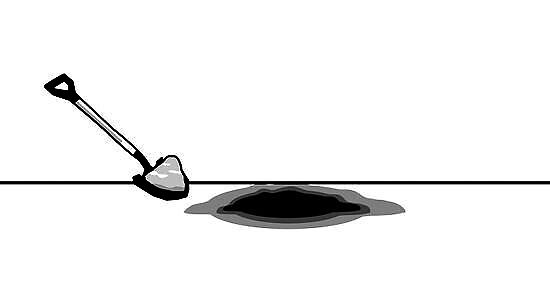
Fill the hole. Replace the ash with loam or sawdust. Keep adding matter to the area when it sinks every few months.
Using a Chemical Stump Remover
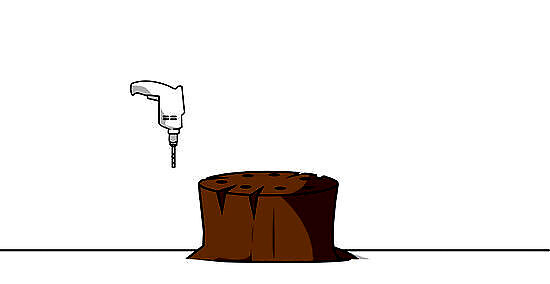
Drill holes in the stump. Use a drill with a large bit to drill a series of holes in the top of the stump. The stump will absorb the chemicals through these holes, so make sure you space them evenly.
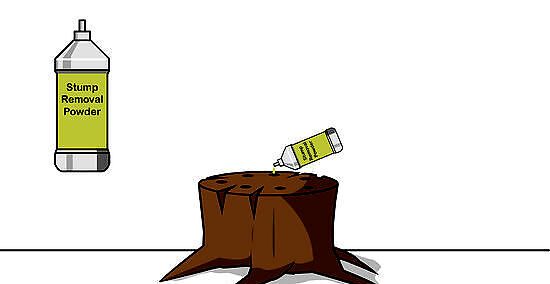
Apply the stump remover. Most stump removers are composed of powdered potassium nitrate, which reacts with the wood to soften and rot more quickly. Check the directions on the package and apply the stump remover to the stump as instructed.
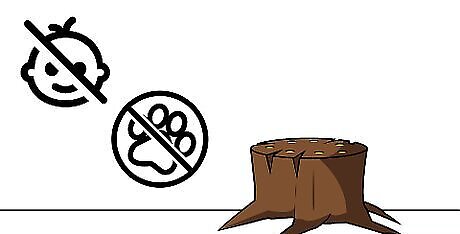
Keep children and animals away from the stump. If the stump removal powder is ingested, it can cause harm to kids and pets, so make sure they don't go near it.
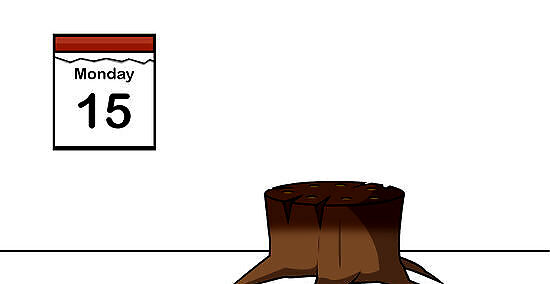
Monitor the stump. It should begin to soften and rot within a few weeks. When you deem it to be soft enough to easily remove, it's time to finish the job.

Chop it up. Use an axe or a shovel to chop up the softened stump. Remove pieces as you chop them away. Keep going until you've leveled the stump.
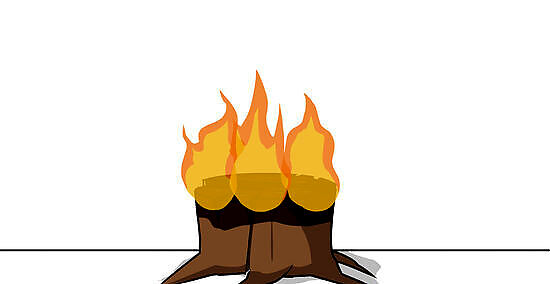
Burn the rest. Build a fire over the remaining softened wood and let it burn all the way down. This way you'll remove what's left of the stump and its roots.

Replace the ashes with loam. Dig out what's left after the fire has burned and discard it. Fill up the hole with loam or another filler, like sawdust. Keep adding more material over the next few months until the ground stays leveled.




















Comments
0 comment